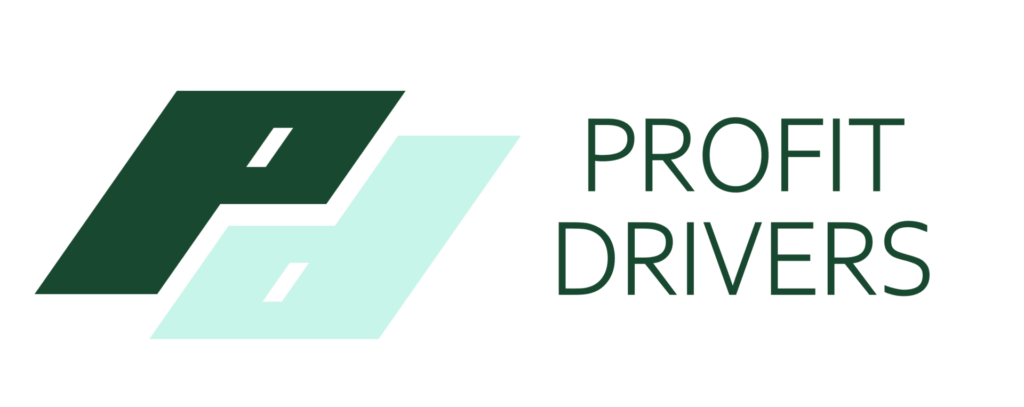Navigating Price Pressures: Balancing Consumer Demands and Corporate Strategy
With the inflation wave slowing down, the market has become increasingly competitive. While prices broadly are still climbing, consumers are starting to push back on the price of consumer goods and are seeking discounts. This shift has prompted executives, including those at Coca Cola, to reassess their pricing strategies. Instead of succumbing to consumer pressure for discounts, these executives are contemplating more realistic price hikes to maintain profit margins.
According to a recent survey conducted by the Pew Research Center survey in late January 2024, there is a significant level of concern among consumers regarding the cost of everyday items. The survey found that 72% of respondents expressed being “very” concerned about these items, reflecting an increasing economic anxiety among Americans.
While consumers are yearning for relief through deflation or discounts, executives may be reluctant to provide discounts due to various factors such as maintaining profit margins or addressing increased production costs. This tension between consumer frustration and corporate pricing strategies underscores the complexity of navigating the current economic landscape. This places immense pressure on businesses to reassess their pricing strategies to stay competitive while safeguarding their bottom line.
In response to these challenges, CFOs and organizations can implement various strategies to address consumer concerns while maintaining profitability. These strategies include understanding customer dynamics, capitalizing on cost advantages, and establishing a strategic pricing framework.
Understanding Customer Dynamics: Relationship vs. Transactional Customers
One crucial aspect for businesses to consider is the distinction between relationship customers and transactional customers. Relationship customers are those who see value in the products and services provided by a business and are less likely to be swayed by price discounts offered by competitors. Their demand tends to be inelastic, meaning they are willing to pay a premium for quality and service.
On the other hand, transactional customers are more price-sensitive and tend to seek out the lowest prices available, often switching between providers based on cost. Understanding the dynamics of these customer segments is essential for devising effective pricing strategies.
Businesses should invest in comprehensive customer segmentation analysis to identify the characteristics and behaviors of these two customer groups. By leveraging data analytics and market research, businesses can gain insights into the preferences and purchasing patterns of relationship and transactional customers. This information can then be used to tailor pricing strategies and promotional offers to each segment, maximizing revenue and customer satisfaction.
Leveraging Cost Advantages
Another key consideration for businesses is identifying areas where they hold cost advantages or disadvantages over competitors. Businesses may be able to follow, or even lead, a decrease in prices when there is pressure to discount. The price decrease strategy becomes viable if they can maintain higher margins than competitors.
By recognizing their strengths and weaknesses in the product line relative to competitors, businesses can strategically adjust pricing to maintain competitiveness while preserving margins. Low-cost providers in various industries, such as Wal-Mart, Dell, and Southwest Airlines, operate on a business model centered around setting prices lower than their competitors. By undercutting competitors, they aim to diminish the profit pool, so they are the only entities capable of profitability.
To effectively leverage cost advantages, businesses must conduct a thorough analysis of their cost structure and value chain. This may involve identifying opportunities for cost optimization, streamlining operations, and negotiating favorable terms with suppliers. By reducing production costs and overhead expenses, businesses can position themselves as low-cost providers in the market, allowing them to offer competitive prices without sacrificing profitability.
Developing a Strategic Pricing Framework
To effectively navigate price pressures, businesses must develop a comprehensive pricing framework that outlines when and how to adjust prices in advance. This framework should be informed by detailed transaction data enriched with descriptive attributes, allowing businesses to identify which customers are more likely to be sensitive to price changes. By having a clear understanding of customer behavior and market dynamics, businesses can measure and execute swift adaptations of pricing strategies.
Conclusion
In conclusion, as businesses navigate the intricate landscape of price pressures, striking a balance between consumer demands and corporate strategy is paramount for sustained success. While the tension between consumer expectations for discounts and corporate imperatives to maintain profitability persists, organizations must adopt approaches to pricing that prioritize long-term value creation.
By understanding customer dynamics, leveraging cost advantages, and developing strategic pricing frameworks, businesses can effectively respond to market dynamics while safeguarding their bottom line. By embracing these principles and continuously monitoring the competitive landscape, businesses can navigate price pressures and position themselves for enduring growth and profitability.
Looking to navigate the pricing pressures?
Profit Drivers is your trusted partner in revenue and profitability growth. Our practitioner led team specializes in guiding businesses like yours through the complexities of pricing, helping you maximize profitability and achieve revenue growth. For further information, please visit our website at profitdrivers.com or reach out to Profit Drivers directly at [email protected].


